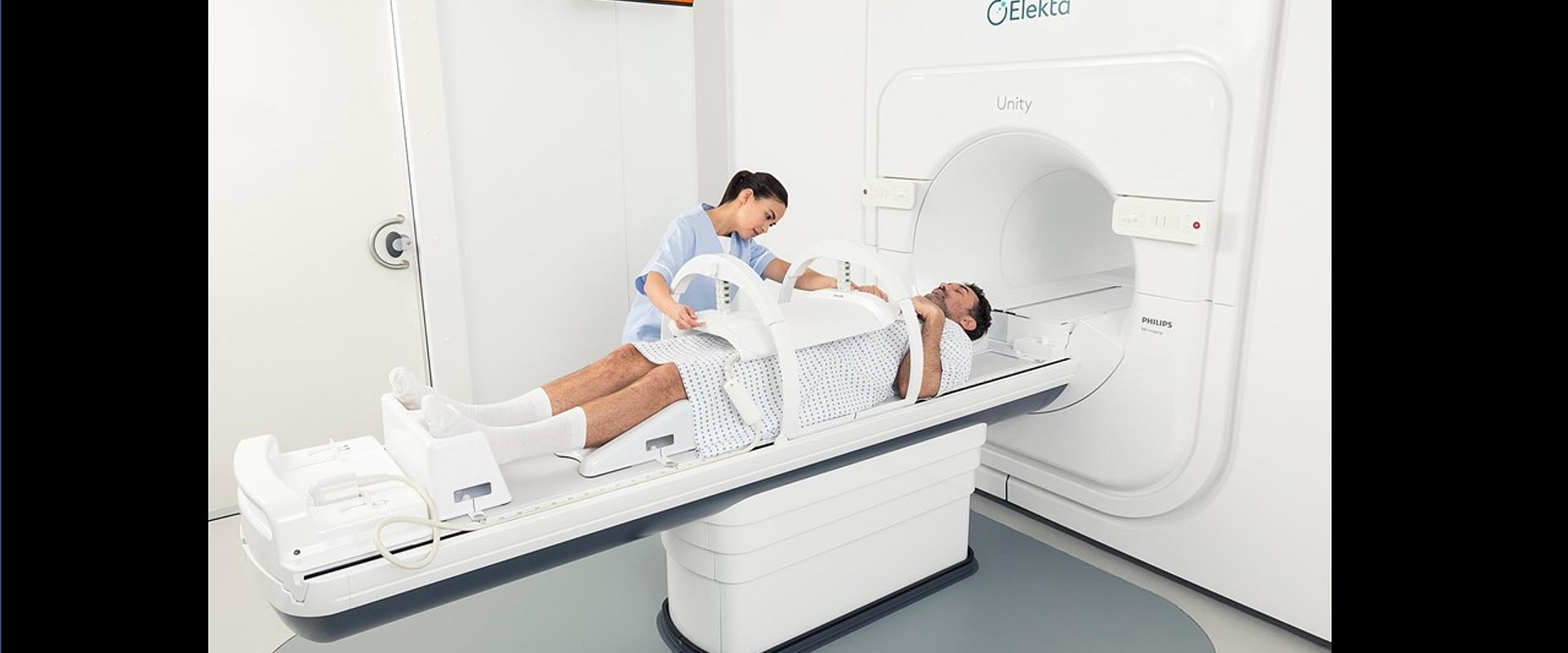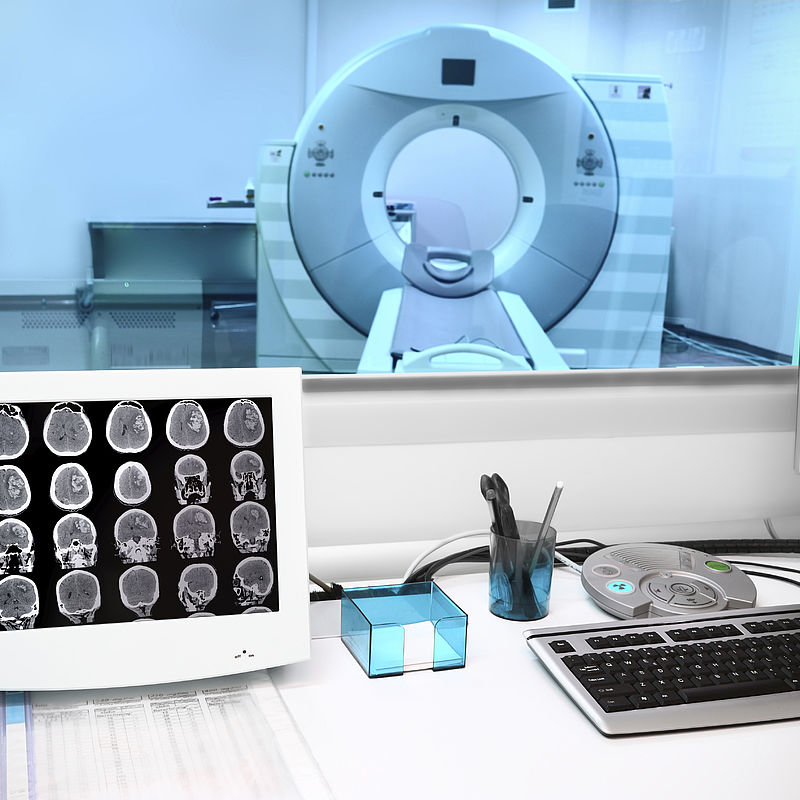
Absolute dosimetry for MR-Linacs
Challenge
Should cancer incidence rates rise as predicted, Europe’s health services will face escalating demands for investment in advanced therapies assured as safe, personalised, and cost-effective.
In 2020, 2.7 million people in the European Union received a cancer diagnosis. About half underwent radiotherapy, including during diagnosis. Image-guided radiation therapies became common diagnosis and treatment tools, combining therapy and imaging in one device. The dominant imaging technology became computed tomography (CT) but as this technique relies on X-rays the amount of imaging that can be used is limited.
By contrast, MR-guided radiotherapy (MRgRT), which combines Magnetic Resonance Imaging (MRI) with high-energy photon or X-ray beams for therapy, offered zero additional radiation exposure and so unlimited imaging. The higher soft-tissue contrast of MRI also provides easier differentiation between healthy and cancer cells, and continuous imaging aids correct positioning during treatment. Combined, these advantages promised better patient outcomes and reduced side effects.
Elekta, a medical technology company and leader in precision radiation therapy, along with University Medical Center Utrecht (UMCU), Phillips and others developed an MRgRT (or MR-linac) concept, installed as the world’s first clinical prototype in 2014. The Elekta Unity was designed so clinicians could see tumours and surrounding healthy tissues as treatment doses are delivered, so adjustable for changes in patient anatomy between sessions.
Critical for successful radiotherapy is the delivery of accurate radiation doses, as safeguarded by calibration chains between clinical devices and standards at national metrology institutes. Established dosimetry calibration chains used primary standards disseminated via secondary standard ionisation chambers to ionisation chambers in reference fields used in hospitals to calibrate radiotherapy beams. However, these existing methods could not work with MR-linacs as MRI magnetic fields would interact with treatment beams and ionisation chambers.
The Elekta Unity mitigated some of these effects, but the primary standards used to calibrate reference dosimeters, such as water calorimeters, were too large to use in the limited space available within MRI bores of MR-linac designs.
The EMRP project MRI Safety showed the potential of a modified portable water calorimeter for this purpose but patient trials, a critical stage of development for the Unity, would not be authorised without an accepted means to establish dose accuracy.
Solution
The EMPIR project Metrology for MR guided radiotherapy refined the new water calorimeter to serve as a primary standard for MR-linacs, using beam monitoring and position measurement systems and a tool to rotate ion chambers inside calorimeters. The calorimeter was characterised, tested and applied to measure radiation doses in a Unity MR-linac, with and without magnetic fields present.
Calibration coefficients of several ion chamber secondary standards were determined, by comparing with the optimised calorimeter in an Elekta Unity. Device-specific correction factors for ionisation chambers were established accounting for magnetic fields — so clinicians could calibrate reference beams based on ionisation chambers, as more commonly used in practice.
A method to deliver reference dosimetry in MRgRT clinics was devised applying these correction factors to existing methods.
Three other ways to measure ionisation chamber device-specific correction factors were devised, considering orientation of magnetic fields and beam axis. A method using Monte Carlo simulations coupled with finite element modelling to simulate device-specific correction factors showed consistency, confirmed by theoretical and experimental benchmarking.
Impact
Ionisation chambers calibrated to the optimised primary standard were used to prepare the first clinical treatments with an MR-linac, delivered by an Elekta Unity at UMCU in the First in Man study, supported by the Dutch Cancer Society. Four spine cancer patients were treated from May to July 2017. Absolute doses post-treatment were established as highly accurate, no adverse events were reported by November 2017, and palliative effects were achieved for all treated patients, showing the clinical feasibility of MRgRT.
The Elekta Unity gained its CE mark in June 2018, providing clearance for commercial sales and clinical use across Europe. Regulatory clearance thereafter extended to 35 countries.
Trusted absolute dosimetry advanced the development and acceptance of MRgRT, supporting superior diagnosis, more precise and personalised treatments, and, potentially, shorter treatment times with reduced total costs of care for healthcare providers.
- Category
- EMPIR,
- Health,
